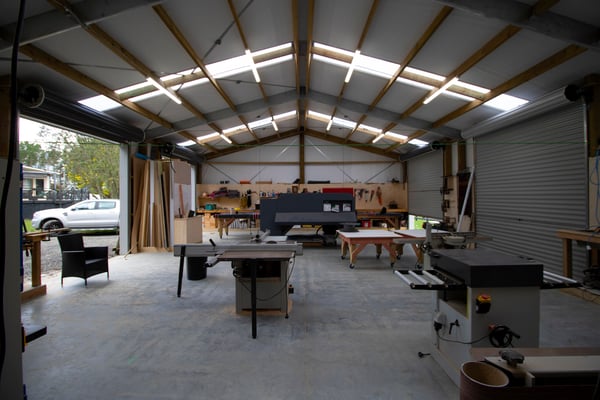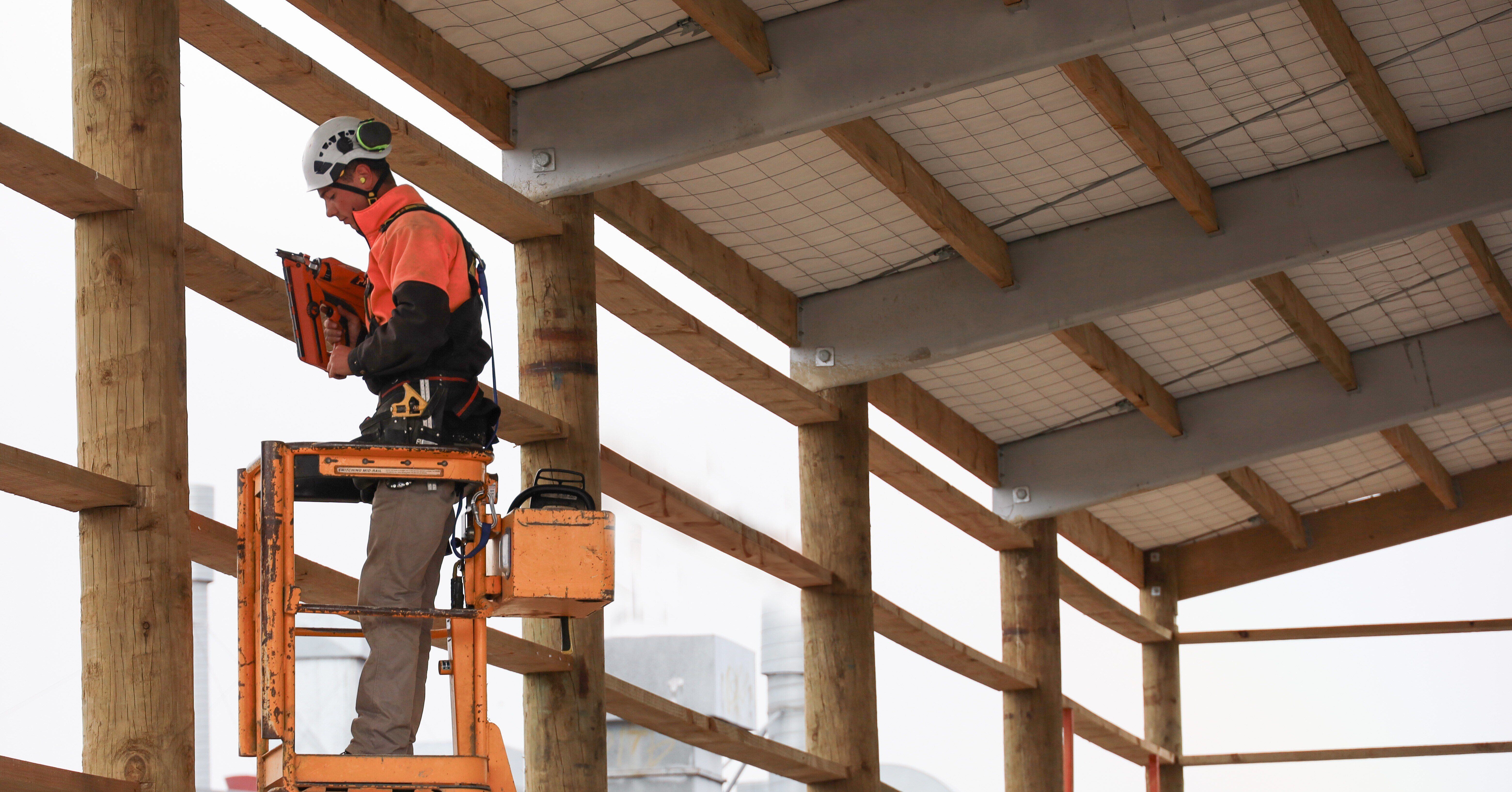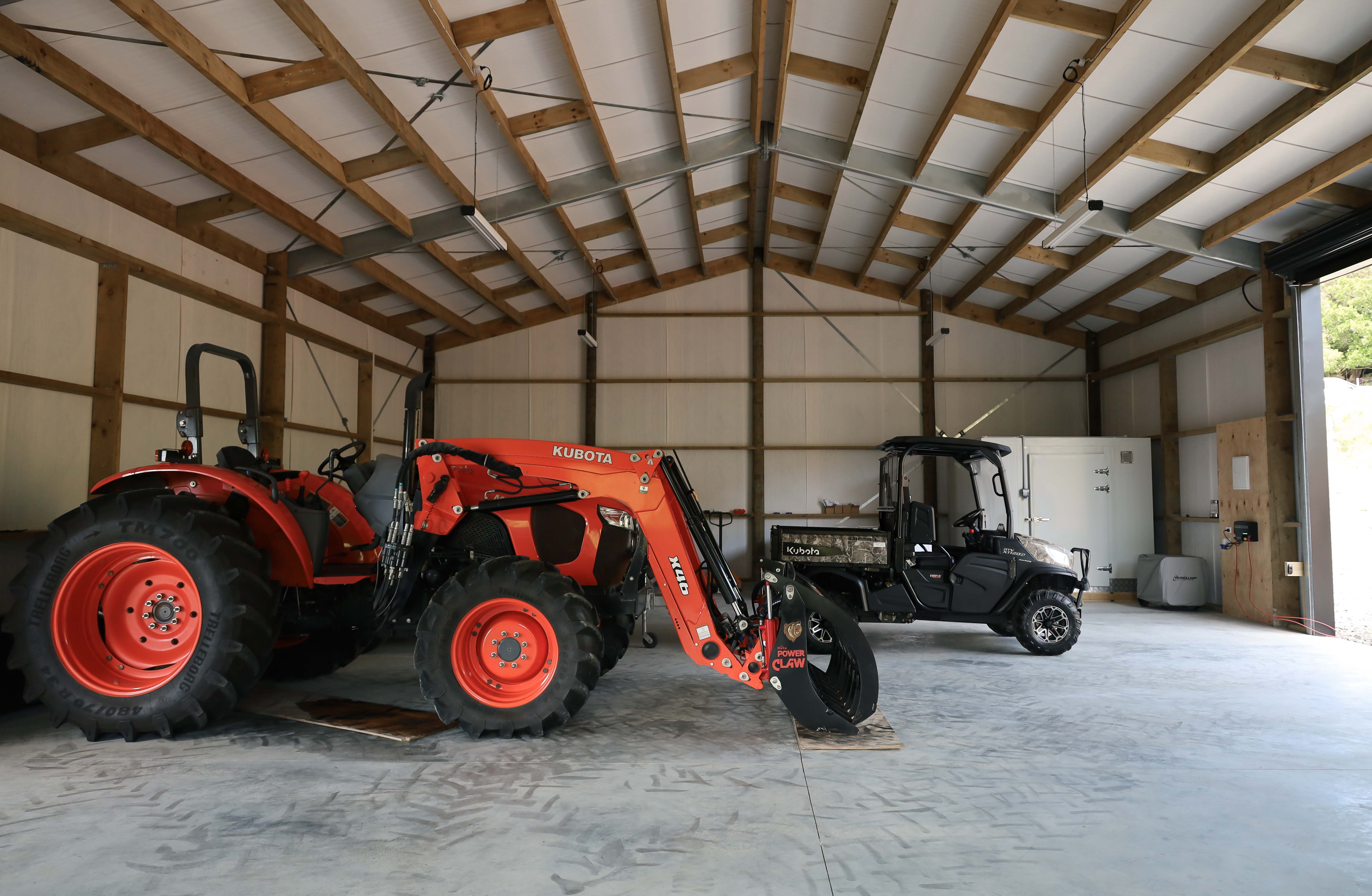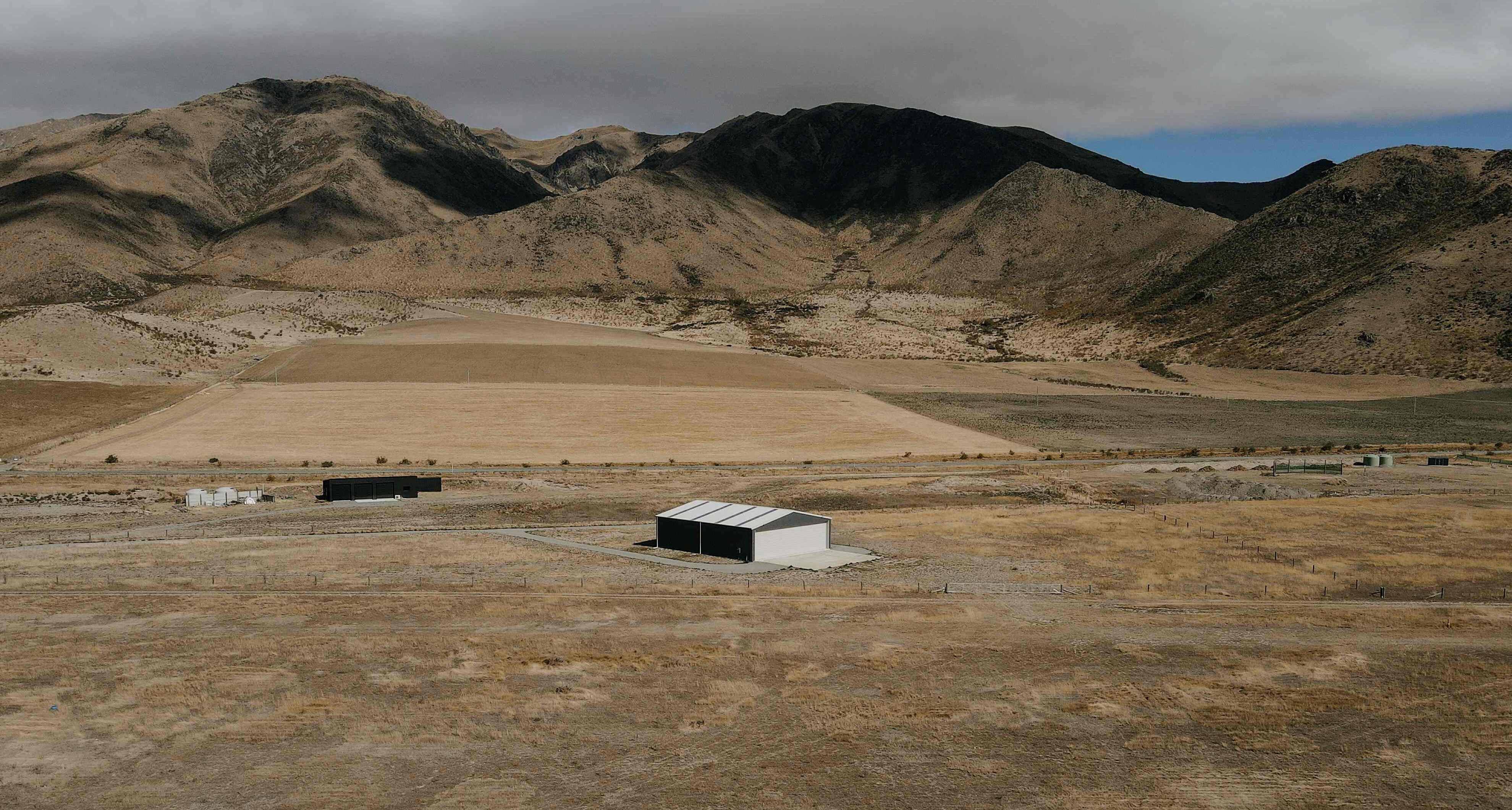.jpg?width=600&name=Workshops%20(9).jpg) The lure of an inner city operation can be strong for many business owners. There's something about being in amongst other businesses creating things and the general buzz of enterprise all around that draws many business owners to the dozens of business parks and industrial areas around the country.
The lure of an inner city operation can be strong for many business owners. There's something about being in amongst other businesses creating things and the general buzz of enterprise all around that draws many business owners to the dozens of business parks and industrial areas around the country.
From small-scale manufacturing, food processing, workshops, printers, fabrication and warehousing it doesn't seem to matter whether you make something, redistribute products or fix things; a clearspan building ticks the versatility box. Yet many businesses find that what seemed like the perfect solution can become a burden, especially if you need to scale up, or downsize operations.
New Zealand is dominated by 'small business'. According to the Ministry of Business Innovation & Employment, 97% of businesses in this country have fewer than 20 employees and those businesses make up 20% of all the country's employment. Yet these small business owners have a unique set of worries that larger businesses do not face. There are many concerns a small business owner has to deal with, from hiring the right staff (if they employ extra personnel) to managing compliance yet it's often headaches about money that crop up time and time again.
Cashflow, budgeting and capital are all pain points for every business owner, regardless of industry and all it takes is for an unforeseen change in client circumstances for these worries to be exacerbated. In those circumstances, the typical business owners starts to look at changes that could be made to ensure the survival of the business, and secure the long-term prospects of their employees.
Downsizing operations
If there is reduced demand, and cashflow is tight, then scaling back might be the best option for continued survival. In military terms this is called a tactical retreat and rather than fleeing from the battlefield is an acknowledgement that the odds are against you but that they could be improved by moving from the current fight to a more favourable position. In business this might mean lowering overheads, obtaining favourable credit terms with suppliers or borrowing. Another option is to move premises to one that lowers operating costs, rent and sunk cost to a location that grows in value while offering more flexibility than a near-city location.
According to Trade Me (at the time of publishing) a 500sqm light industrial facility with office may cost around $70,000 a year in rent on the outskirts of Auckland, while a 600sqm light industrial workshop/warehouse in Christchurch will set you back around $66,000 a year. Many such leases don't include OPEX and you may have to pay extra for car parking spaces. Add to that a 3-5 year lease and the total cost of such a facility may exceed $300,000 and with nothing to really show for it than an expense line on the balance sheet.
Downsize and invest
Another option for a business looking to downsize is to change the location of operations and invest in the future. Depending on what your business does, and whether customers visit very often, it may be more cost-effective in the long-run to build your own facility.
If your business doesn't need to be near where people live, either because you sell online or through the phone and ship or because customer visits are few and far between, then shed the shackles of the premium location and move to a more rural location in a building of your own design. Rather than an architecturally designed facility consider using a shed-style building to lower the costs while maximising the potential.
Depending on your personal circumstances, and the financial advice you receive from a professional, you may choose to either build the new location under the business's name or take it on yourself personally. The advantage of the latter is that you can choose to charge your business rent to cover the mortgage until it's paid off and then enjoy some passive income, or lower the business's rent to improve cashflow. With bank interest rates on mortgage lending at an all-time low it is more affordable than ever to borrow and building your own facility helps avoid the higher costs of buying an existing commercial property.
If you have a property with a larger section you may be able to build the perfect shed to run your business without needing to buy land, keeping the costs as low as possible. There are several advantages to building and owning your commercial facility:
- Control over cost increases.
- Customised to suite your business.
- Becomes an asset over time.
- Grow personal wealth from a business expense.
- Scale when needed.
If you have enough land more sheds can be built to grow when business picks back up. We've worked with several businesses that started off with one shed that now have several!
Depending on the size of your business, and intended operation you might be able to function on your section or newly-acquired land without needing additional zoning requirements. As each council has different rules and plans around zoning it's difficult to give a general rule but the team at Alpine Buildings have a team dedicated to assisting with council consents and through dealing with different council teams every day they can help you understand your likely requirements.
Giving up the near-city location can be daunting. Some businesses have chosen to buy industrial land and build their own facility to control costs and others have scaled back and built on their own land. Either way they have created financial independence and once their mortgages are paid their operating costs can be lowered significantly, giving much more flexibility for future expansion. After all, downsizing may only be a temporary solution with growth just around the corner!

As with most commercial space the potential is near limitless. From roller doors to large sliding hangar doors, large span spaces with high studs to natural light through clearlight panels the team at Alpine Buildings can help you build the space you need. And for even larger industrial spaces there's XL Structural, for commercial buildings built to last.









